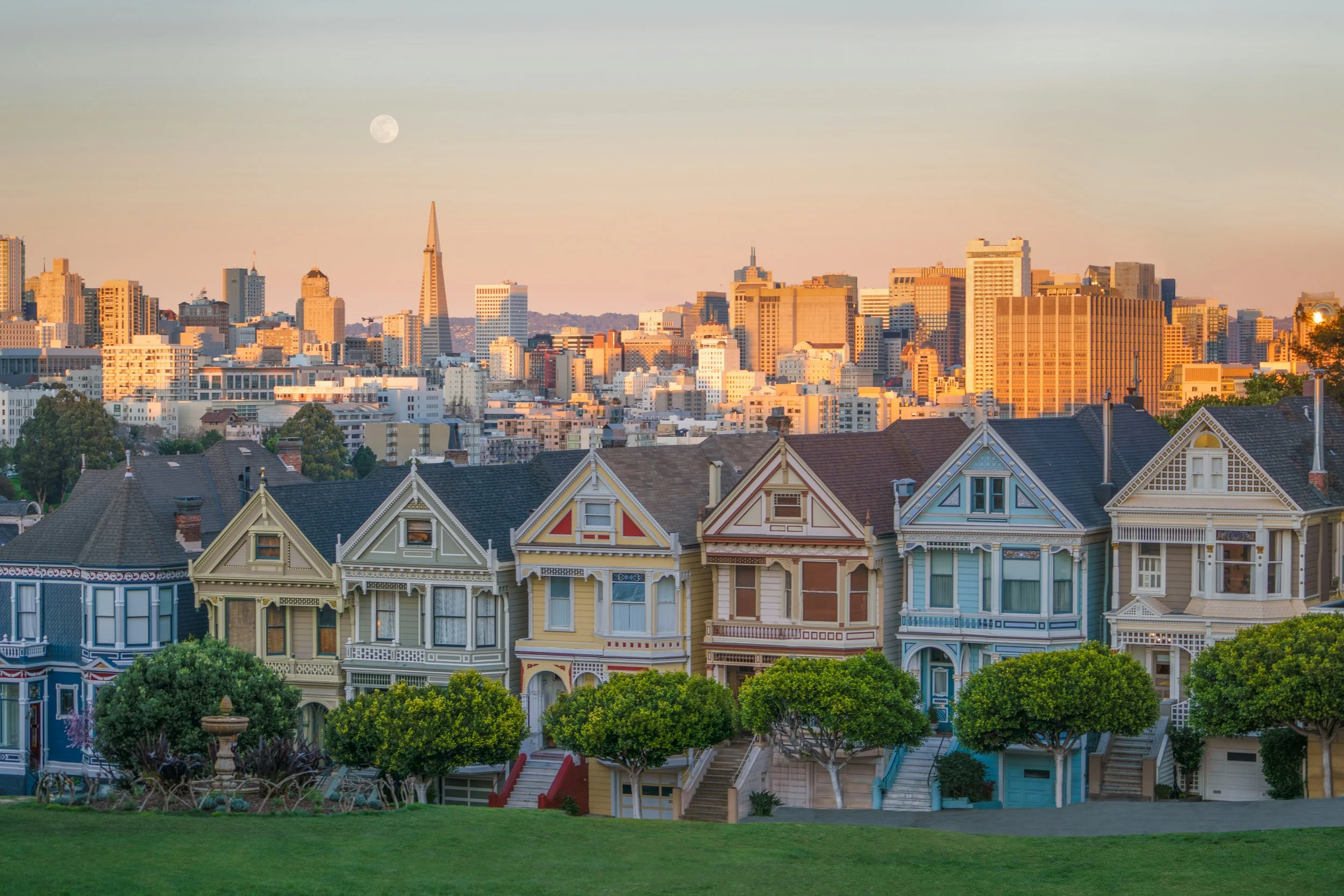The Real Estate History of the Painted Ladies
If you've ever scrolled through Instagram or flipped through a San Francisco travel guide, chances are you've seen them—the iconic row of pastel-hued Victorian homes perched across from Alamo Square Park. Yep, I'm talking about the Painted Ladies. But beyond their photogenic charm and Full House fame, these beauties have a rich real estate history that's as colorful as their facades.
From Gold Rush to Gingerbread Trim
Let's rewind to the late 1800s. San Francisco was booming thanks to the Gold Rush, and with that came a surge in construction. Victorian and Edwardian homes were all the rage—think ornate woodwork, bay windows, and wraparound porches. These homes were originally painted in more muted, earthy tones (imagine olive greens and browns), which was typical of the era.
But then came the 1960s and '70s, and with them, a splash of rebellion. Artists and homeowners in neighborhoods like Haight-Ashbury and Alamo Square started painting their homes in bold, unexpected colors. It was part preservation, part protest against the drab postwar aesthetic. This movement gave birth to what we now call the Painted Ladies—a term popularized by authors Elizabeth Pomada and Michael Larsen in their 1978 book Painted Ladies: San Francisco's Resplendent Victorians.
The Real Estate Angle
Now, here's where it gets interesting for us real estate folks. These homes weren't always the million-dollar darlings they are today. In fact, many of them fell into disrepair during the mid-20th century. Some were even painted over in battleship gray during WWII using surplus Navy paint—can you imagine?
Fast forward to today, and one of these homes recently sold for a whopping $3.55 million—$800,000 over asking. That's not just nostalgia talking; it's location, architectural pedigree, and cultural cachet all rolled into one.
Why They Still Matter
The Painted Ladies aren't just pretty—they're survivors. They've weathered earthquakes, economic downturns, and shifting tastes. And they've come out the other side as symbols of San Francisco's resilience and flair.
They also serve as a reminder that real estate isn't just about square footage or comps. It's about story. These homes tell one of craftsmanship, community, and creativity. And honestly, isn't that what makes a house feel like a home?
References:
If you're as fascinated by these homes as I am, I highly recommend checking out a few great reads and resources I came across while researching this post:

